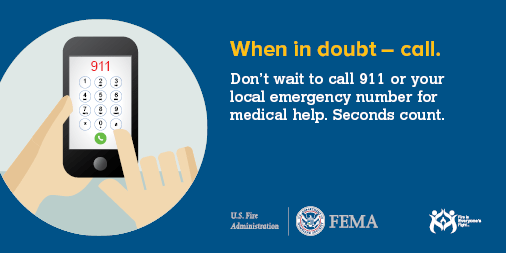| By Ex-Chief Jerry Galu | |
| May 9, 2017 | |
| The number "911" is the universal emergency number for everyone in the United States. In 2000, approximately 150 million calls were made to 911, according to the National Emergency Number Association (NENA). If you were born in the 1960s or later, 911 was ingrained in you during childhood, and those born prior to 1968 have been exposed enough to 911 that it has become second nature. Prior to 1968, there was no standard emergency number. So how did 911 become one of the most recognizable numbers in the United States? Choosing 911 as the universal emergency number was not an arbitrary selection, but it wasn't a difficult one either. In 1967, the Federal Communications Commission (FCC) met with AT&T to establish such an emergency number. They wanted a number that was short and easy to remember. More importantly, they needed a unique number, and since 911 had never been designated for an office code, area code or service code that was the number they chose. Soon after, the U.S. Congress agreed to support 911 as the emergency number standard for the nation and passed legislation making 911 the exclusive number for any emergency calling service. A central office was set up by the Bell System to develop the infrastructure for the system. On February 16, 1968, Alabama Senator Rankin Fite made the first 911 call in the United States in Haleyville, Alabama. The Alabama Telephone Company carried the call. A week later, Nome, Alaska, implemented a 911 system. In 1973, the White House's Office of Telecommunication issued a national statement supporting the use of 911 and pushed for the establishment of a Federal Information Center to assist government agencies in implementing the system. |
|
| Hyperlinks: | NENA FCC - 911 |
